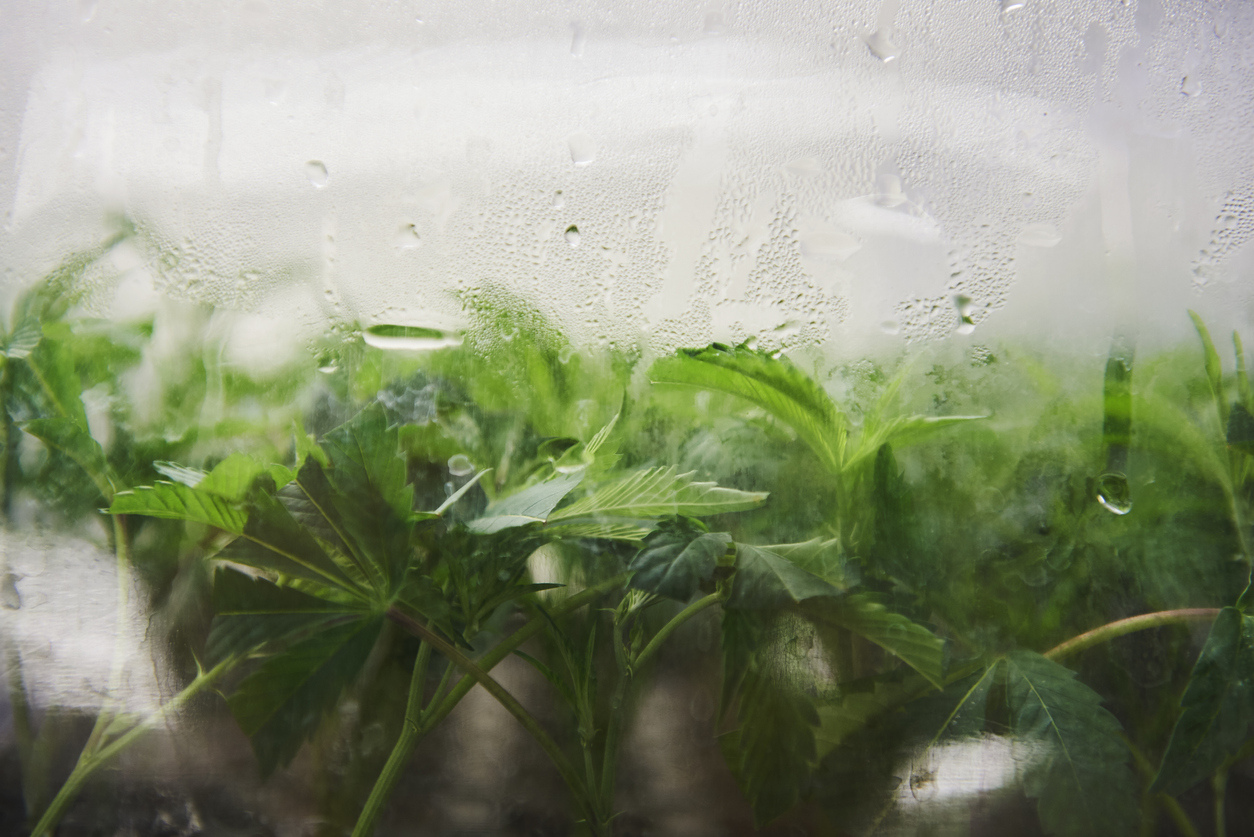The agency, a subset of the Centers for Disease Control and Prevention, recently visited a medical marijuana production facility that had both indoor and outdoor growing operations after a union representative raised a red flag.
A Health Hazard Evaluation Program was created after potential occupational safety hazards both in harvesting and processing were not being addressed, according to the representative.
"We evaluated a medical cannabis facility and detected cannabis components on surface wipes throughout the facility," NIOSH stated in its report. "Diacetyl and 2,3-pentanedione were identified in screening air samples, but later were not quantifiable in personal air samples. Observed fungal and endotoxin exposures can increase allergic and respiratory symptoms, which employees reported.
Facility visits were completed on August 2016 and April 2017. Investigators observed work procedures in cultivation, harvesting, processing and decarboxylation.
Both air and surface samples were taken to measure the levels of organic compounds, and NIOSH studied fungal diversity analysis and endotoxins, which are products some bacteria release. Particle concentrations in the air also were taken during the grinding process.
Employees were interviewed about job tasks, health and safety concerns, personal protective equipment use, injuries at work, job stress, physical working conditions and psychosocial factors at work, according to the agency.
In addition, NIOSH collected data on worker health history and respiratory symptoms and tested lung function. Results should that seven of the eight workers tested had normal results.
Workers reported the following issues to NIOSH:
- moderate job stress due to heavy workload;
- safety concerns related to working with high pressure carbon
- dioxide, exit doors needing a badge to unlock for egress, ergonomics, and working with
large amounts of solvents; - concerns about having to perform tasks that are not part of their
job description; and - allergic, irritant, and musculoskeletal symptoms.
Despite possible exposures to diacetyl or 2,3-pentanedione, the medical marijuana facility had no written respiratory plan.
NIOSH provided the following recommendations for the employer:
- Install local exhaust ventilation to reduce exposures during grinding operations.
- Move the decarboxylation process to a seldom occupied area in the facility to prevent
unnecessary exposures to diacetyl and 2,3-pentanedione. - Limit access to the areas where higher exposure tasks are occurring.
- Redesign security doors to allow emergency egress without needing a badge to exit
the facility. - Encourage employees to report new or ongoing symptoms to their personal healthcare
provider and a designated health and safety representative within the workplace. - Develop and implement a written respiratory protection program that meets the requirements of the OSHA's respiratory protection standard.
- Talk to employees about whether workload could be better managed and how. Clearly
define job roles and talk to employees how to minimize role overload. If feasible, hire
more employees to reduce the workload of individuals.
In addition, the agency stressed to workers the importance of wearing personal protective equipment as required by the company. Employees also should report any new or ongoing symptoms to a personal physician and to the designated representative within the workplace.













